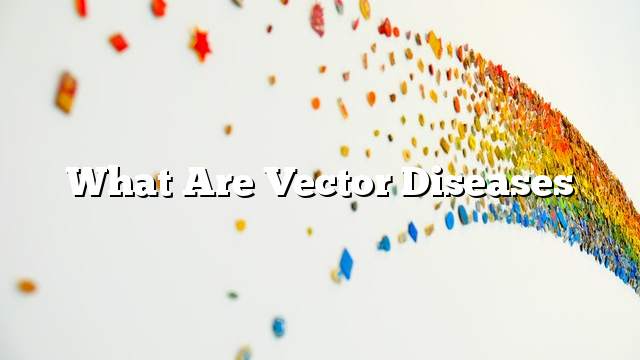Transmitter is a living organism. Usually it is a tick or any kind of insect. This carrier transports tiny parasitic organisms, and it can be transmitted from one infected person to another, or transmitted from one organism to another For example, mosquitoes (anopheles) are carriers of yellow fever and malaria.
The vectors cause many chronic diseases. These vectors are found in the tropics and marshes, in unclean drinking water, and carry many germs and bacteria that cause harm to the person, and many diseases. These diseases are considered the most dangerous. Controlling them is difficult, and infection can return even after treatment.
The risk of vectors lies in their ability to transmit disease faster and on a large scale. Unlike other diseases, vectors transport disease from the environment that causes it to the human body, which is very difficult to treat. Transporter .
Pathogens
- Flies, such as: (black, sand).
- Mosquito.
- Bugs.
- The tick.
- Parasites.
Place of disease carriers
- In ponds and pots where water and swimming pools exist.
- In places where rainwater collects.
- In abandoned and uninhabited places and houses, where they gather and multiply in such places and conditions.
- In dark places that do not reach light.
- In rodent burrows and where insects are located.
- In water tanks that are exposed and not covered; where water is a suitable place to live and multiply.
- Above the rooftops where little water is gathered.
- In agricultural areas, in swamps and in abundance.
- In animal breeding sheds.
- In unclean places.
Prevention of vector diseases
- Action to control all insects by spraying all insects using various insecticides, and cleaning the places collected.
- Protective clothing should be worn in places where insects are collected.
- Work on marshland and work on all waste disposal.
- Work to cover the water tanks tightly.
- Attention to the cleanliness of animal pens.
- Maintain personal hygiene.
- Avoid swimming in stagnant and unclean waters.
